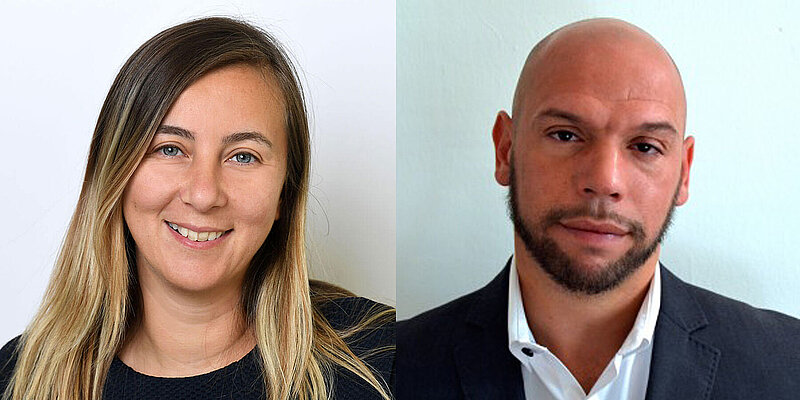
Examining how the United Nations Treaty Bodies handle individual complaints, Başak Çalı and Alexandre Galand find some commonalities.
In “Towards a common institutional trajectory? Individual complaints before UN treaty bodies during their ‘Booming’ years”, Başak Çalı, Hertie School Professor of International law and Director of the Center for Fundamental Rights, and Alexandre Skander Galand, Post-Doctoral Fellow at the Centre, ask whether the institutional plurality of the UN Human Rights Treaty Bodies hinders the overall coherence of global human rights protection outcomes. Eight Treaty Bodies, each focused on a different area of human rights, currently handle individual complaints of violations from around the globe.
In their article published in the International Journal of Human Rights in January, the authors find that despite being formally separate entities, the UN Treaty Bodies’ case law shows early signs of informal collective institutionalisation. The authors find access friendliness; implicit harmonisation of case law and demands for individual remedies for victims of human rights violations to be significant common trends. Differences are most striking as to the willingness of each body to demand human rights reform to ensure similar violations do not take place in the future.
These findings feed into a broader, ongoing debate about how to strengthen the Treaty Body System, which is on the agenda of the UN in spring 2020. Çalı and Galand argue that the early signs of informal collective institutionalisation of the Treaty Bodies may be capable of overcoming the risk that fragmented UN human rights case law might send mixed signals to victims of human rights violations and states in the years to come.
While previous proposals for creating a unified Treaty Body or a World Court for Human Rights seem unlikely as part of the UN 2020 human rights reform agenda, Çalı and Galand conclude that the UN Secretariat, members of UN Treaty Bodies and those taking cases should nurture this informal, but collective, institutional trajectory further. The eight Treaty Bodies focus on a variety of areas – some on general rights, others on specific rights, such as freedom from torture, women’s rights or the rights of persons with disabilities.
In their paper, Çalı and Galand examine the approaches of the Treaty Bodies to admissibility criteria, legal reasoning and legal remedies between 2013 and 2016, when there was an 85 percent increase in individual complaints.
Read the full paper here.
